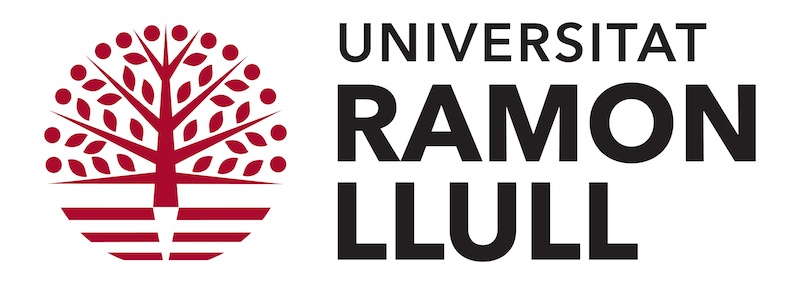Descripció del projecte
It is concerning to know that currently, the construction sector contributes to an average of about 60% of CO2 emission [1][2]. Whereas only the cement sector is a major greenhouse gas emitter, responsible for about 7% of CO2 emissions globally. [3] The emissions of the greenhouse gas, CO2, that contributes to global warming and climate changes is expected to increase by 22% over the next 25 years. Strategies to alleviate CO2 emissions include CO2 capture, storage, and utilization [4]. Introducing the low carbon embodied and CO2 capturing materials in the construction industry would be an effective strategy to control these emissions.
Prehistorically Earth was a widely used construction material for structural elements like load bearing walls and non-structural purposes like a mortar, plasters, flooring etc. Along with the Earth, Lime is also a long-established material following the similar timeline as Earth. Popularly known as Roman Concrete, was a mixture of slaked lime, mixed with locally available binders like resins, fine and coarse gravels like sand and brick bat coba, has proven its strength with time and most of the structures are still standing strong. [5]
Though Earth and lime concrete/mortar mix ingredients differ with the geographical locations, their properties could be studied to understand its relevance to improve the strength of the final mix. mixing Lime powder (CaO) in the soil was a common practice in the construction to make the walls water and insect resistant as well as to strengthen the structure with time as lime goes through the carbonation process eventually imparting strength to the walls [2].
The objective of this doctoral thesis is to develop a new material based on a mixture of sufficiently fast curing natural stabilised soil that provides structural resilience and weather resistance, to be used in the manufacturing of structural walls in buildings of low height, built using additive manufacturing (3D printing) and replacing current cement stabilisers in the Earth construction practices.
The research aims to revive the relevance of such low embodied carbon building materials in the construction industry by introducing the cutting-edge manufacturing technologies which will help to enhance the potential of the traditionally used construction materials by improving their physical properties to achieve better binding, structural strength, and fast curing.
Additionally, the disposal of debris from cement concrete structures is currently one of the major issues for the governments of most of the developed and developing nations. To comply with the Paris agreement goal [6], it is necessary to take steps towards reducing the greenhouse gases and CO2 emission in the coming years. To do so, the construction operations need to be investigated from procuring the raw materials, processing, application as well as its disposal after the use. Hence, using natural stabilised earth as a construction material proves its relevance in today’s context.
The research project involves the use of advanced material characterization techniques such as digital and scanning electron microscopy, X-ray diffraction and fluorescence spectroscopy, and mechanical characterization equipment, among others.
The research will be conducted in collaboration with IQS and Additive Spaces, a company specialised in 3D printing workflows applied to construction, which will act as a reference in the field, providing access to facilities and projects, knowledge exchange with industry experts, and the possibility of conducting scaled tests to validate the results obtained in the laboratory. The research project includes the opportunity to participate in an international mobility program, allowing the researcher to gain experience in international academic and professional environments and thus enriching their perspective and skills in the research field.
References:
1. https://www.sciencedirect.com/science/article/abs/pii/S1364032117309413
2. http://sacredgroves.in/
3. https://setis.ec.europa.eu/system/files/2021-02/jrc120570_decarbonisation_of_cement_fact_sheet_2.pdf
4. https://www.sciencedirect.com/science/article/abs/pii/S1385894721010664
5. https://www.academia.edu/68778205/Building_with_Earth_Design_and_Technology_of_a_Sustainable_Architecture
6. https://www.un.org/en/climatechange/paris-agreement



